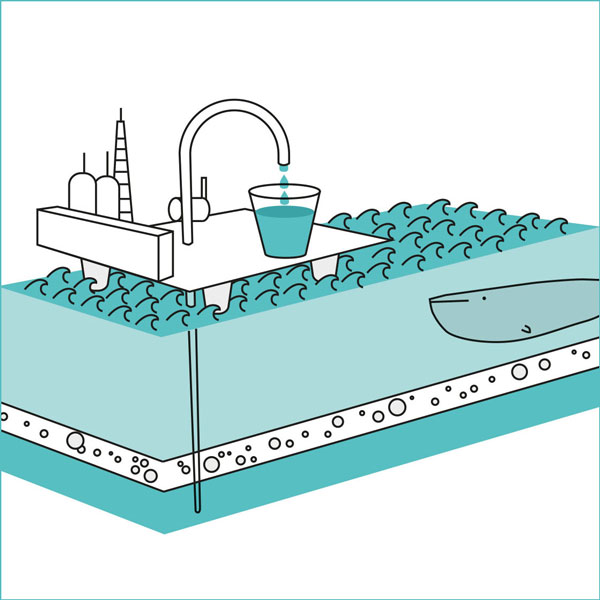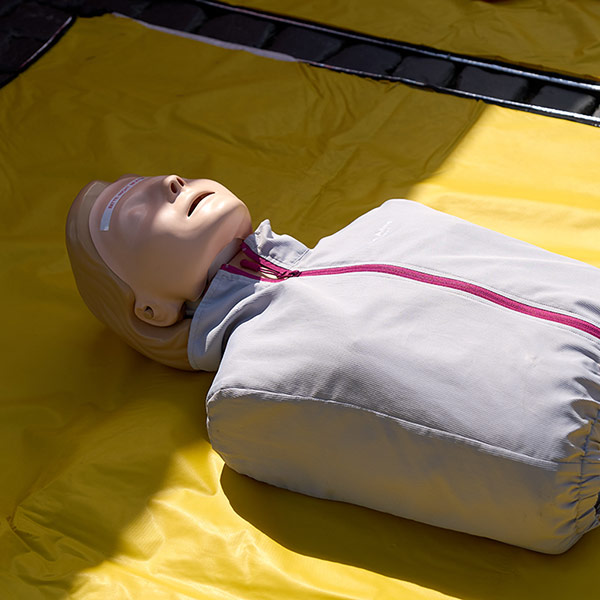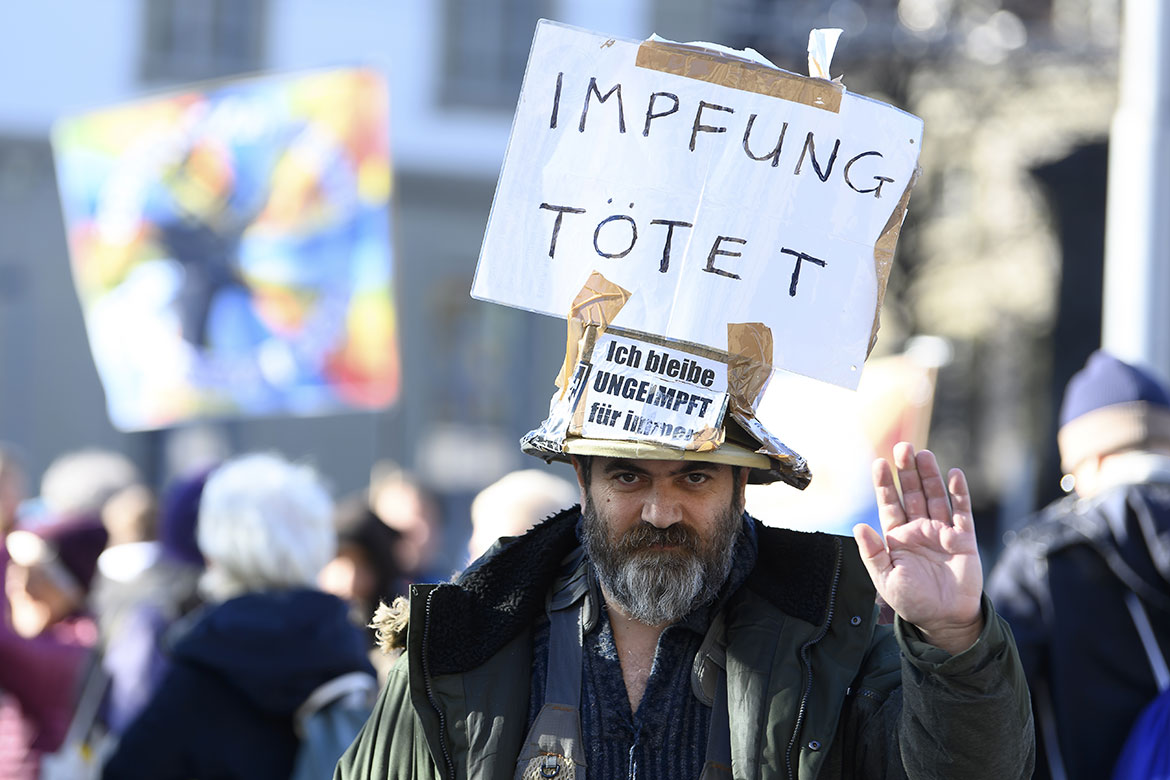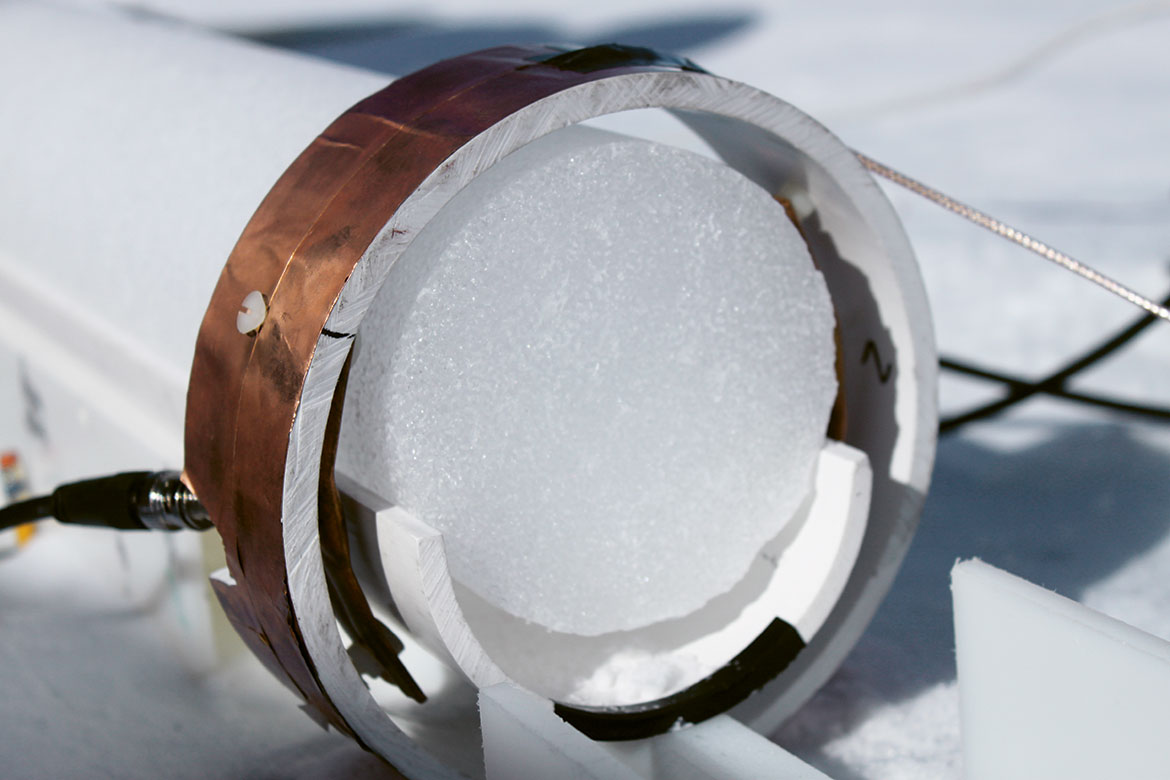In short
Briefings on science policy and research culture

Even imaginary honorary authors sometimes slip into the scientific literature. | Image: Florian Fisch
To become an inventor, money and ethnicity matter
Children who achieved top-five percentile scores in 3rd-grade math tests in the U.S. are twice as likely to become inventors (defined by the filing of a patent in later life) if their parents are within the top 20 percent income bracket. Ethnic Asians are represented more than twice as often as whites, and nine times more than Hispanics and blacks. This study has analysed demographic data related to 1.2 million patents.
Uncited science
The number of articles getting no citations is diminishing, according to a study in Nature. It shows that 11.5 percent of the articles published in 2006 have not been cited in a decade, down from 30 percent in 1980. Medicine has the lowest rate (5%), followed by the natural sciences (13%) and social sciences (14%). The rate in the arts and humanities, 69 percent, suggests the existence of methodological flaws. The database used, the Web of Science, neglects many journals and books in those fields. Altogether, less than 10 percent of the literature might never get cited – but that does not mean it won’t be read or become influential.
Women only
The Max Planck Society will invest EUR 30 million to finance up to 40 tenure-track professors over the next four years – a programme only open to female scientists.




